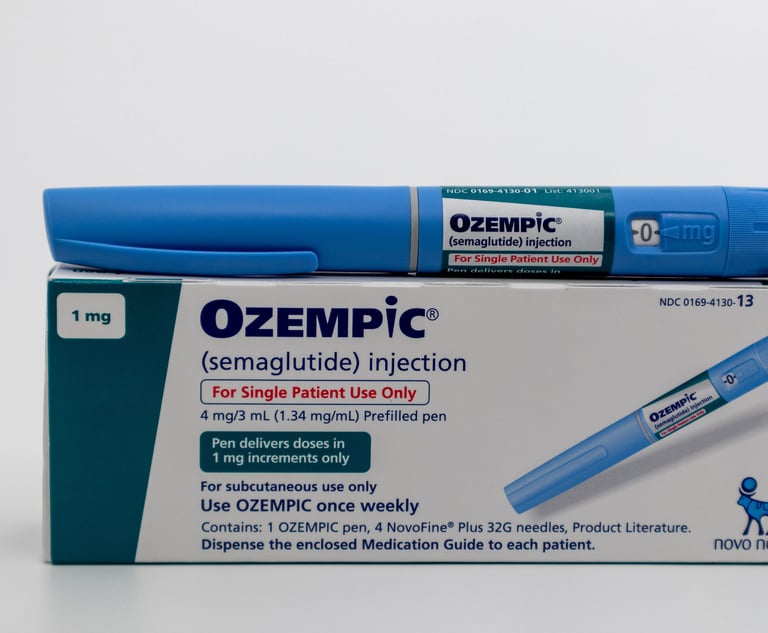In 2014 the Pennsylvania Supreme Court issued its opinion in Tincher v. Omega Flex, 104 A.2d 328. This decision replaced the definition of defect embraced in Azzarello v. Black Brothers, 391 A.2d 1020 (Pa. 1978) and adopted the more classic definitions of defect set forth in Section 402A of the Restatement of Torts, 2d. In doing so, the court elaborated by adopting two alternative tests of a defective product: “the consumer expectation test” (CET) and “the risk benefit test” (RBT). It allowed for a plaintiff to prove a product was designed in a defective condition by offering evidence using one or both of these tests: the danger is unacceptable to the average or ordinary consumer (CET), or that a reasonable person would conclude that the probability and seriousness of harm caused by the product outweigh the burden or costs of taking precautions (RBT).
The consumer expectation test (CET) defines a “defective condition” as a condition that arises during normal use and involves a danger that is unacceptable to the ordinary or average consumer. Stated otherwise, a product is defective if the product failed to perform as safely as an ordinary consumer would expect. In gauging whether a product’s challenged condition is defective, it is germane to consider: the nature of the product, the identity of the user, the product’s intended use and intended user and any express or implied representations by a manufacturer or seller relevant to assess the consumer’s expectations. To that end, “the commercial advertising of a product will be the guiding force upon the expectations of consumers with regard to the safety of the product and is highly relevant to a formulation of what those expectations might be.” See Leichtamer v. American Motors, 424 N.E.2d 568, 578 (Ohio, 1981).
This content has been archived. It is available through our partners, LexisNexis® and Bloomberg Law.
To view this content, please continue to their sites.
Not a Lexis Subscriber?
Subscribe Now
Not a Bloomberg Law Subscriber?
Subscribe Now
LexisNexis® and Bloomberg Law are third party online distributors of the broad collection of current and archived versions of ALM's legal news publications. LexisNexis® and Bloomberg Law customers are able to access and use ALM's content, including content from the National Law Journal, The American Lawyer, Legaltech News, The New York Law Journal, and Corporate Counsel, as well as other sources of legal information.
For questions call 1-877-256-2472 or contact us at [email protected]


 Larry Coben, shareholder at Anapol Weiss. Courtesy photo
Larry Coben, shareholder at Anapol Weiss. Courtesy photo




